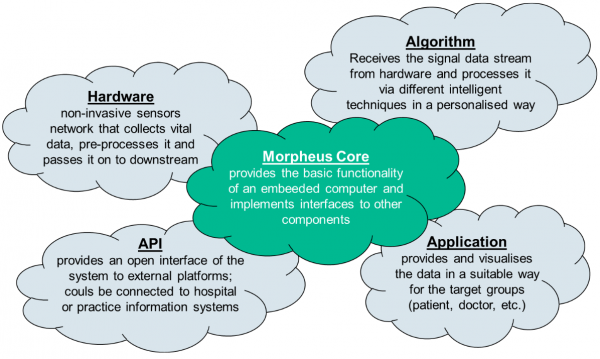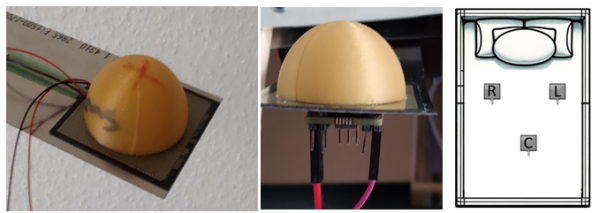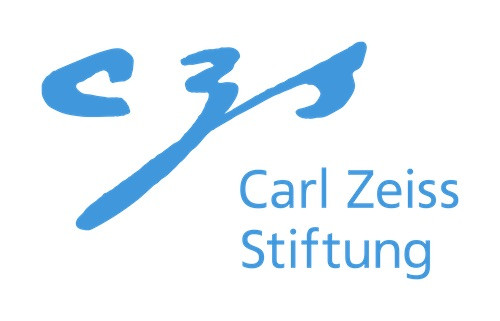Scope
Healthy and good sleep is a prerequisite for a rested mind and body. Both form the basis for physical and mental health. The frequency of medically diagnosed sleep disorders increases from the age of 40. The aim of this project is the continuous monitoring of vital data of patients during sleep over long periods using exclusively non-invasive technologies. The system offers an opportunity to enhance the quality of life of an ageing society by putting the collection of sleep data at the center of the analysis and making the data available for medical evaluations.
Objective
The Project aims to monitor vital signs during sleep and over long periods in the home environment of the patients through the exclusive use of non-invasive technologies. The proposed project aims to develop a system (including both the software and the hardware) for automatically collecting data relevant to sleep. The system would provide recommendations (e.g., Cognitive Behavioural Therapy for Insomnia (CBT-I) based) and verify compliance. Continuously measured values (e.g., sleep/wake state, respiration, or heart rate during sleep) are compared with the recommendations and readjusted if necessary.
Research Questions
- How does the sleep quality of older people differ from average assumptions, and how can rule-based systems or machine learning improve the ability to personalize scoring?
- How can non-invasive sleep quality measurement support sleep therapy support?
- Is there a reduced set of vital signs that can be used to determine sleep phases, and how well can these parameters be captured?
- Are there significant differences in vital signs between older women and men?
Morpheus - Strategy
Non-invasive and unobtrusive sleep analysis
This project offers an opportunity to enhance the quality of life of an ageing society by putting the collection of sleep data at the center of the analysis and making the data available for medical evaluations. Healthy and good sleep is a prerequisite for a rested mind and body.
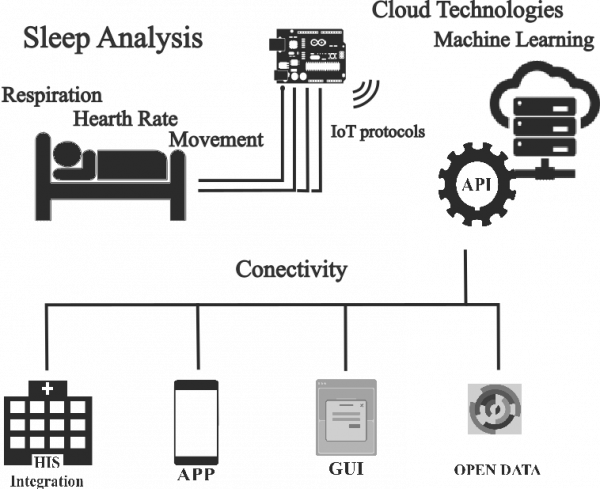
Sleep Analysis
AI-powered
Using a non-invasive and unobtrusive network of sensors, the system captures vital data from the patient in order to extract valuable sleep information and identify potential disorders using Artificial intelligence and Machine Learning technologies.
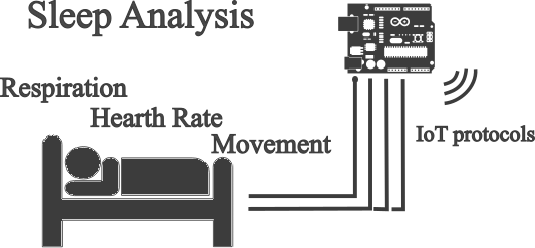
Cloud-based technologies
Privacy-preserving
Using IoT protocols, cloud-based technologies, and fog computing, the system is able to process large amounts of information and improve machine learning models without jeopardizing patients' privacy.
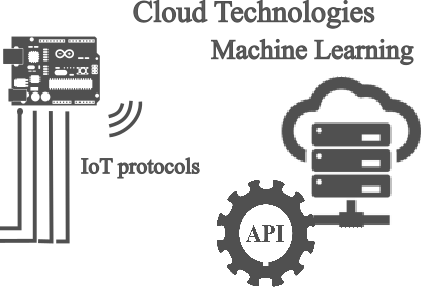
Development
General Strategy
The Core component provides the basic functionality of an embedded computer and implements the interfaces to the other components.
Algorithms process the signal data using different intelligent techniques to analyse the sleep quality and relevant vital data in a personalized way.
A non-invasive network of Hardware sensors captures vital patient data.
An API provides an open interface to external platforms.
A Responsive Application shows data in a suitable way for patients, physicians and other target groups.
Testing FSR Sensors
Initial testing is being performed using Force Sensing Resistors (FSR). These sensors deliver a variable electrical resistance as exposed to physical force or pressure applied to them—putting them in the broader category of piezoresistive devices. Typical construction consists of a membrane-like flexible substrate that is printed with two unconnected halves of an interdigitated circuit. When the sensor is in a neutral state, the circuit remains open, and electricity is unable to pass from one wire to the other.
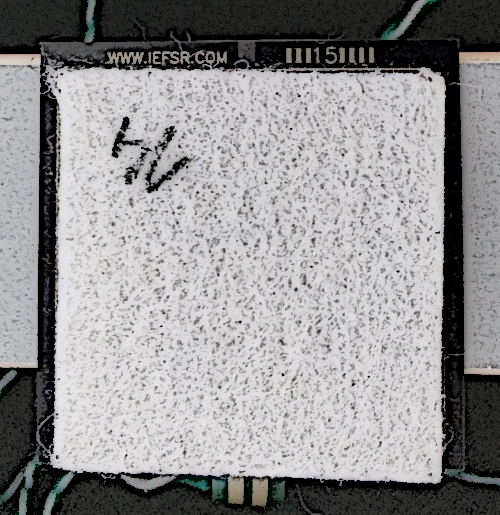
Testing Sensor Improvement Techniques
We have increased the accuracy and sensitivity of the system (i.e., edge-measuring sensor) with two additional supporting techniques: After identifying that the noise and the sensitivity of the sensors need to be addressed, we added a hemisphere dome on top of the system in order to reduce the noise and isolate cardiorespiratory activities; Also, we included a mechanical oscillation technique to amplify the signal which is equivalent to the amplification of the signal via the electronics board. In this way, the dome is placed on the very top, and a piezoelectric-sensor (PZT) will be embedded inside; the combination of the dome and PZT is placed on the mechanical hanger. From the bottom of the hanger, the accelerometer is attached to complete the profile of the edge-measuring sensor.
First Prototype
Signal processing is performed via an embedded system, but the Hardware takes care of filtering, amplification, and improving signal-noise. Special consideration has been taken for an optimized design in terms of performance and efficiency towards user convenience and applicability. The circuit design and simulation were created using LTspice®. The process included the evaluation, performance, improvement, 3D generation, printout, assembly, test, and validation of the PCB circuit.
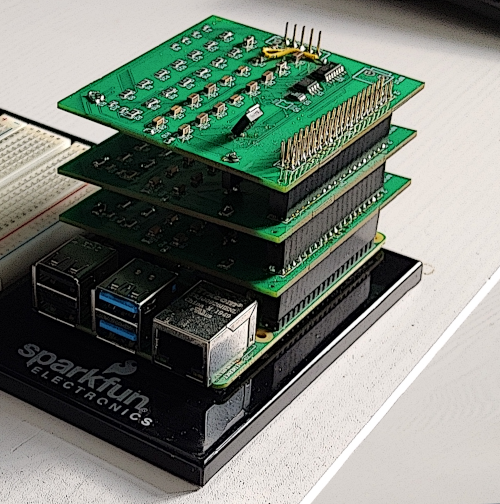
Software Engineering: Recording App
A first testable version of the embedded application that supports signal recording has been developed. Considering the results obtained in previous implementations and compared with simplified scripting developed in the laboratory, a different approach was adopted towards using Javascript technologies. This preliminary version includes functionalities that allow remote monitoring and reconfiguration of the hardware components via Web-Sockets technologies. It also includes the ability to execute separate scripts for different components, increasing the embedded system’s versatility and granting the inclusion of different technologies.
We have also developed an administration interface to control the functionalities of the configurable recording application, which includes:
1. Registering patient
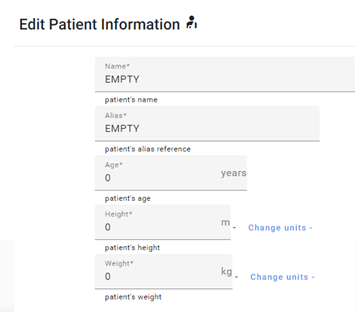
2. Accessing historic recordings

3. Manage sensor configuration
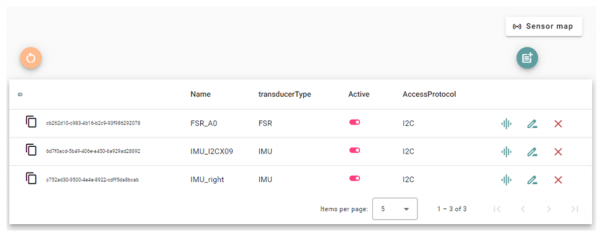
4. Start or Stop a recording

Partners and Collaborations
Several European academic and industrial partners covering a broad range of expertise from electrical and mechanical engineering to physicians, data and computer science have come together in an interactive and dynamic discussion led by HTWG Konstanz (UC-Lab) in order to push the state of the start and to move on the edging of the field.
- AWO District Association Schwarzwald
- Kempten University of Applied Sciences (HSKT) / Softwarehaus Zuleger (SHZ)
- Charité – University of Berlin
- Reutlingen University (HSRT)
- SmartHOme & Living Baden-Württemberg e.V. (SH&L)
- Universidad de Seville – Spain
- Università Politecnica delle Marche (UPM) – Italy
- Université Paris 1 Panthéon – Sorbonne – France
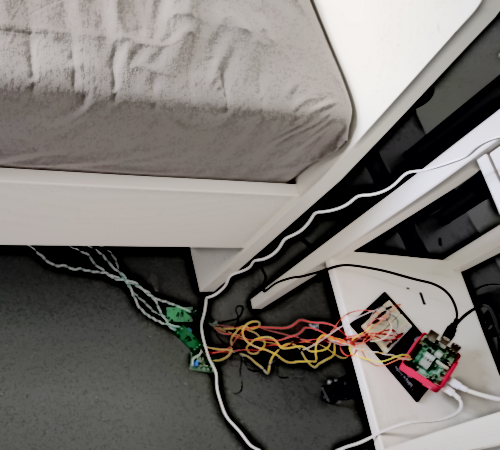
This project is funded by the Carl-Zeiss-Stiftung (no. P2019-03-003) for the duration of three years with a budget of 1 M Euros


